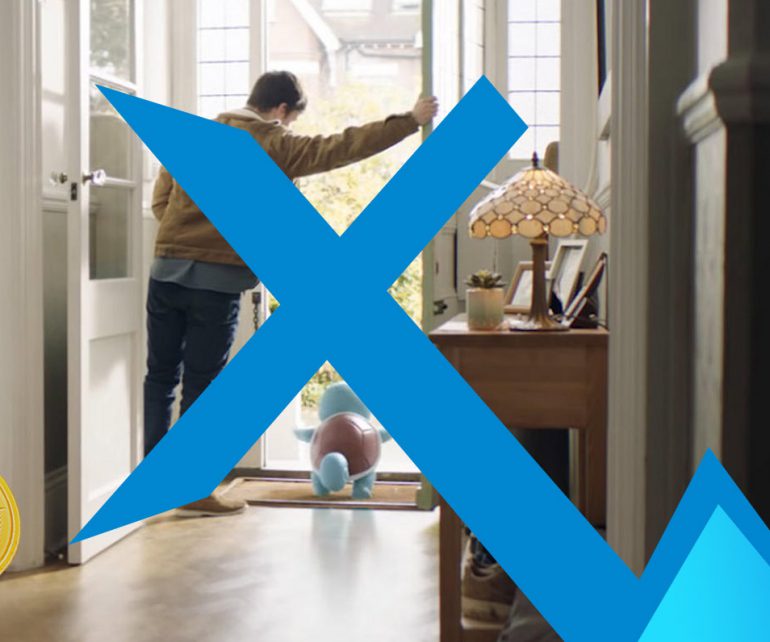
When the pandemic hit Canada, I had just begun the process of writing my Master’s thesis, and though I did not realize it at the time, COVID-19 would not only impact how I am writing but also, to an extent, what I am writing about. The working title for my thesis is “Casual Play, Hardcore Community: The Social and Spatial Dynamics of Locative Gaming” and for this project, I interviewed fifteen active members/players of both the local Ingress and Pokémon Go communities. The interviews aimed to investigate players’ involvement in the social dynamics of their communities and to explore how and if locative play actually influences players’ relationships to the spaces in which they play. Yet the impact that the pandemic has had on locative gaming has made me realize the extent to which real-life gaming can be completely altered by real-world events.
While traditional digital games are, for the most part, played in the comfort of our homes, physical movement through the real world is a requirement in Location-Based Mobile Games — or at least, it was. Specifically, games like Ingress and Pokémon GO urge players to ‘get up and go’ in order to spin stops, hack portals, raid, make fields, trade and collaborate with others. Though the mechanics and goals vary between these two games, they both emphasize player progress through movement and interaction with locations and with other players in the ‘real-world’. When social distancing measures began to unroll, I began to wonder what this meant for such games.
Soon, I began to see the effects of the virus on play in public spaces, with Niantic canceling the very popular monthly community day which was to take place in mid-March and upcoming Safari zones in Liverpool, St.Louis and Philadelphia as the events draw hundreds of players to gather in specific locations in the hopes of catching shiny featured Pokémon, socializing with other players and profiting off of the added bonuses. Similarly, Ingress’ First Saturday Event was also canceled in order to prevent players from organizing gatherings with large groups.
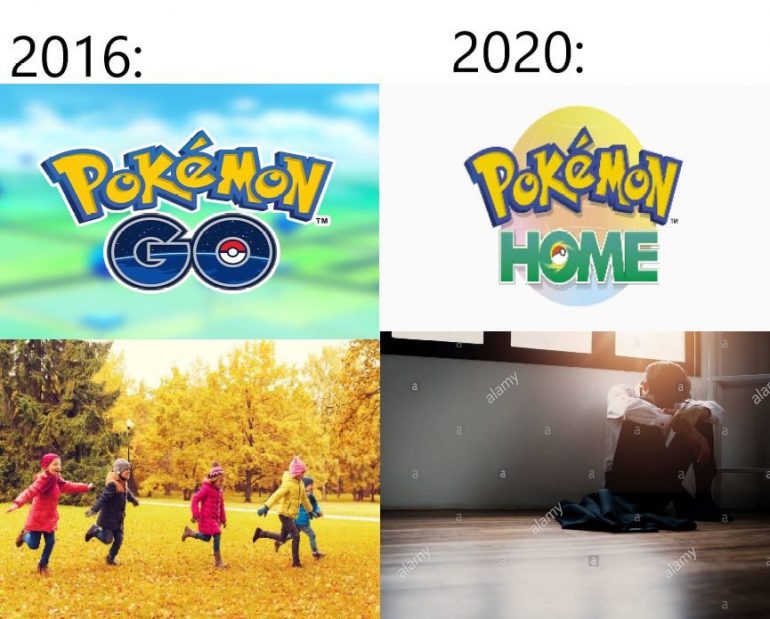
Next, local community leaders and admins began posting messages warning players not to raid or do operations in large groups, and to be careful when letting other players in their cars (something which is usually quite normal in gameplay). An example of this can be seen below when on March 18th, a local admin of the Pokémon Go Montreal Group issued a message to all 18, 000 members to stay safe.
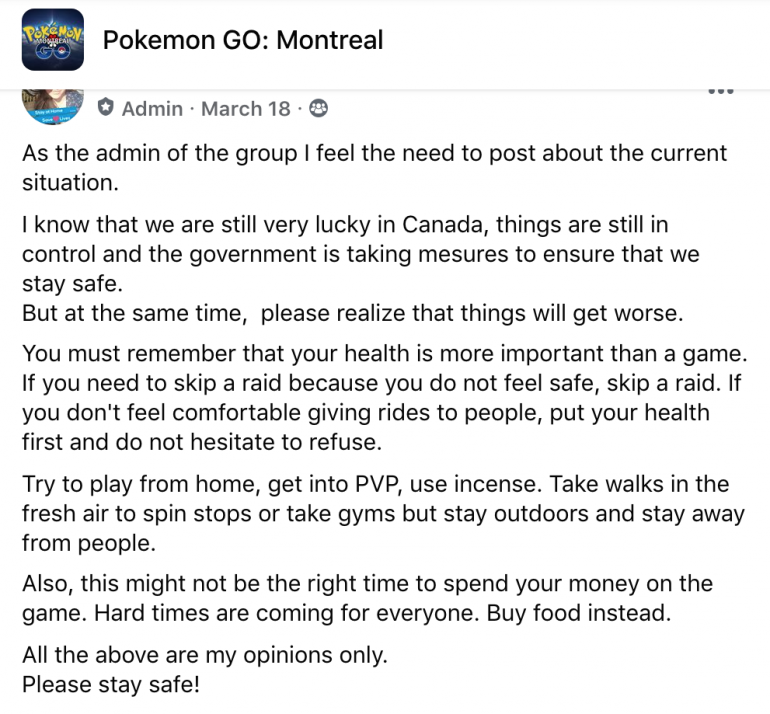
Yet in late March, when COVID began devastating and changing more and more lives, Niantic started restructuring gameplay in all three of their games in order to assure that players don’t put themselves and others at risk by playing outside in the real world. Though they had previously hinted on their social media platforms that changes would be coming in the games, on March 30th they published a Blog Post titled Embracing real-world gaming from home which outlined how mechanics, rewards, and quests would either be adjusted or added to support less player movement. In the post, they state:
“We have always believed that our games can include elements of indoor play that complement the outdoor, exercise and explore DNA of what we build. Now is the time for us to prioritize this work, with the key challenge of making playing indoors as exciting and innovative as our outdoor gameplay.”
They also outline some major changes that have since been introduced:
- Exercise: you can track your steps indoor with Adventure Sync so activities like cleaning your house and running on a treadmill count toward game achievements. We’re going to make improvements to Adventure Sync so it works even better with indoor movement and activities.
- Social: we’re enhancing our in-game virtual social features to enable players to stay in touch when they can’t meet in real life. You’ll soon be able to team up with friends and take on Raid Battles together in Pokémon GO from the comfort of home.
- Explore: we’re also looking into how we can help players virtually visit and share memories about their favorite real-world places, until they can once again visit them in person.
- Live Events: we’re re-imagining what it means to participate in a Niantic live event this summer, and putting our creative energy towards bringing the excitement directly to your home. That means we’re working on an entirely new way to enjoy Pokémon GO Fest.
All of these changes strongly emphasize one message: Movement in the real-world is no longer a necessity to play our Location-Based Games.
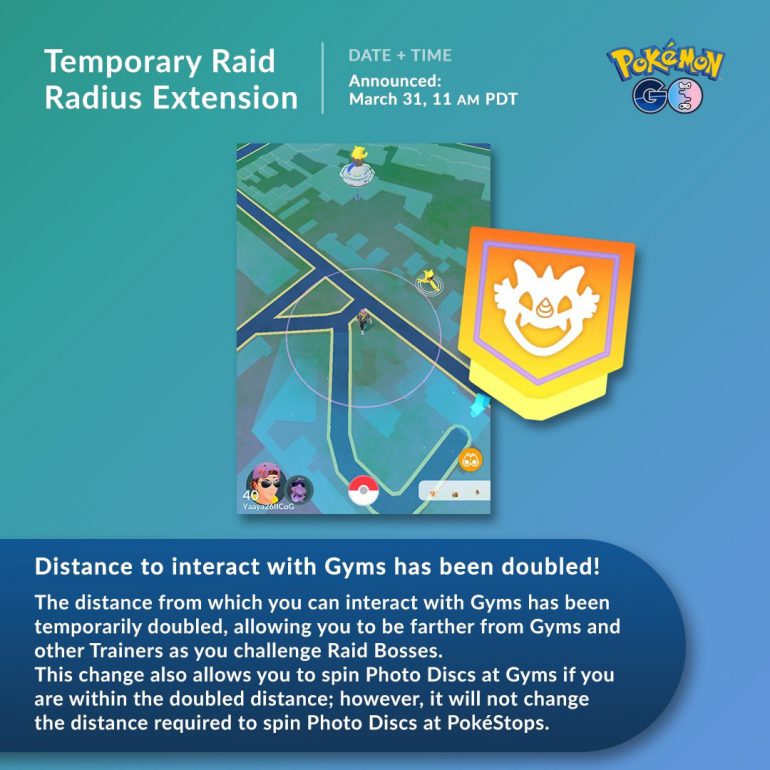
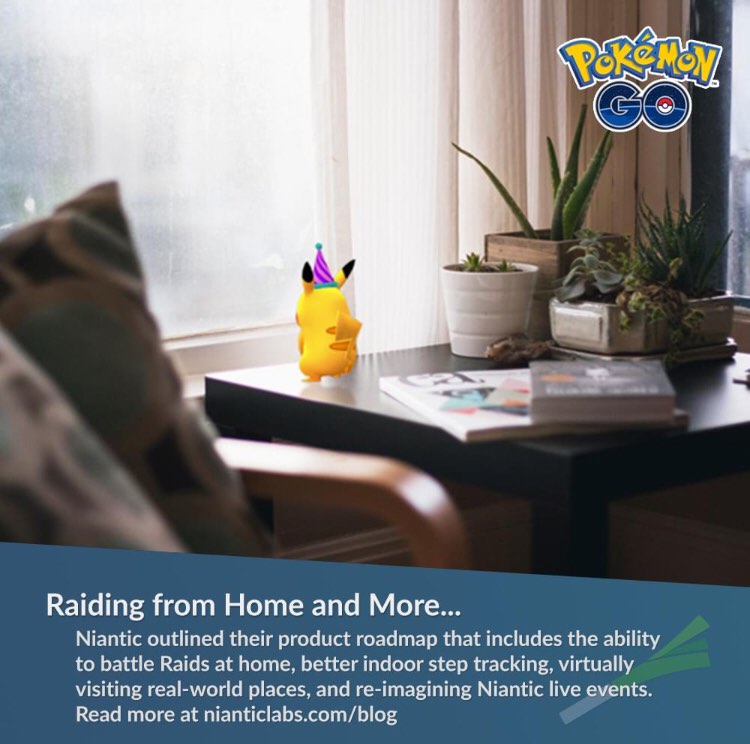
So what does this mean for locative gaming?
As a Pokémon Go player, the only home-based play that I have been able to do since its 2016 launch is item and Pokémon storage management, sending gifts I have gathered throughout the day to friends, and PvP Battles. This kind of relaxing ‘after work’ gameplay primarily complemented the walking, spinning, tapping, and exploring that would take place throughout the day as I hurried about my school and work obligations.
Though the major gameplay shifts in Niantic’s games are entirely understandable considering the circumstances surrounding social distancing, they are quite major and I worry they will also be permanent. The major transformations that are ongoing in Niantic’s games essentially make them much more like most other mobile games (or even like most digital games) by removing the ‘Location-Based’ elements that made them so unique and significant.
Based on my thesis interviews, the social ecosystems that have developed around these games are heavily based on a correlation between online and face-to-face interactions. Without the need to interact or gather with other players in public spaces, what will become of these social dynamics and communities of play?
Yet on the plus side, including more diverse activities that players can engage in from home can open up more varied gameplay, encourage players to play regularly, and makes the games much more accessible to those with disabilities. While making the game more accessible is certainly a very positive outcome of some of the changes they are implementing, the problem lies with the perception that the company is ‘going against’ everything they encouraged (or discouraged). Take for instance the (low-quality) meme below:

Spoofing (manipulating one’s GPS location) in all of Niantic’s games not only goes against Niantic’s Terms of Service, but is also extremely frowned upon by active members of their communities and because some of the new elements in the game allow players to access in-game locations and challenges remotely, local players have voiced concern about how this will impact the game in the long-run.
Beyond my worries that the continued introduction of remote and ‘home-based’ play will dismantle the spatial aspects and disrupt the social elements in these games, I am also wary of price points being introduced for previously free elements in these games. A recent article found that on “the week of March 9, spending [in Pokémon Go] was around $13.8 million. The week of March 16, spending was up to $23 million. That’s a boost of 67%.” In order to access ‘remote’ play events, such as Raids, players must purchase special ‘Remote Raid Passes’ (pictured below) from the store in Pokémon Go. Moreover, on a Reddit thread about the new features, one player voiced “It’s great that they’ve added remote playing options during COVID but it’s only to keep people still shoving money into the slot machine.” There is, therefore, a very obvious profit-margin and shift in Niantic’s game economies associated with the addition of ‘remote’ gameplay and Niantic’s initiative to keep players engaged with their games at home. Yet it seems that items and initiatives that help players play safely from home are mostly free in Ingress, with the exception of ‘boosters’ released two weeks ago to help players acquire more points for a limited amount of time (pictured below).
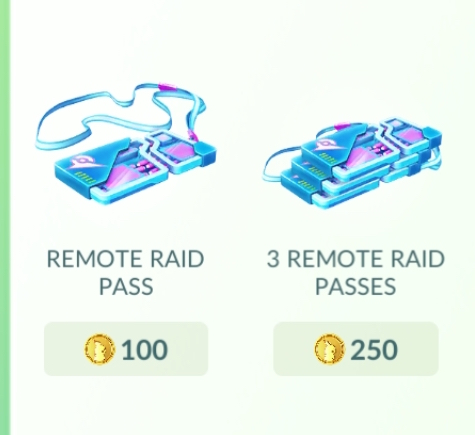
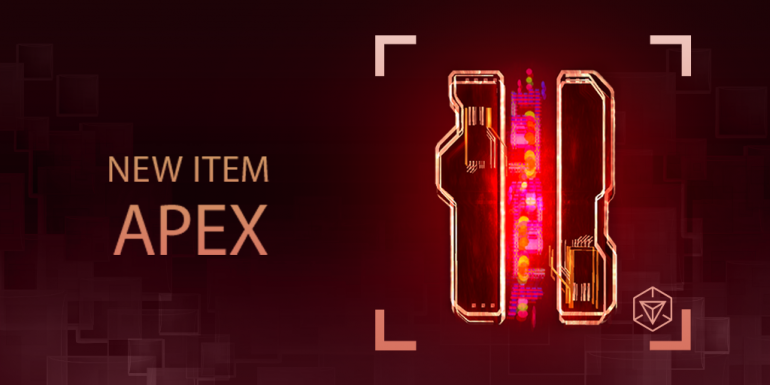
All this is to say that I will be keeping a watchful eye on how Niantic’s Location-Based Games continues to shift and adjust in the upcoming weeks (or months?), paying close attention to how communities react to these major gameplay changes.
